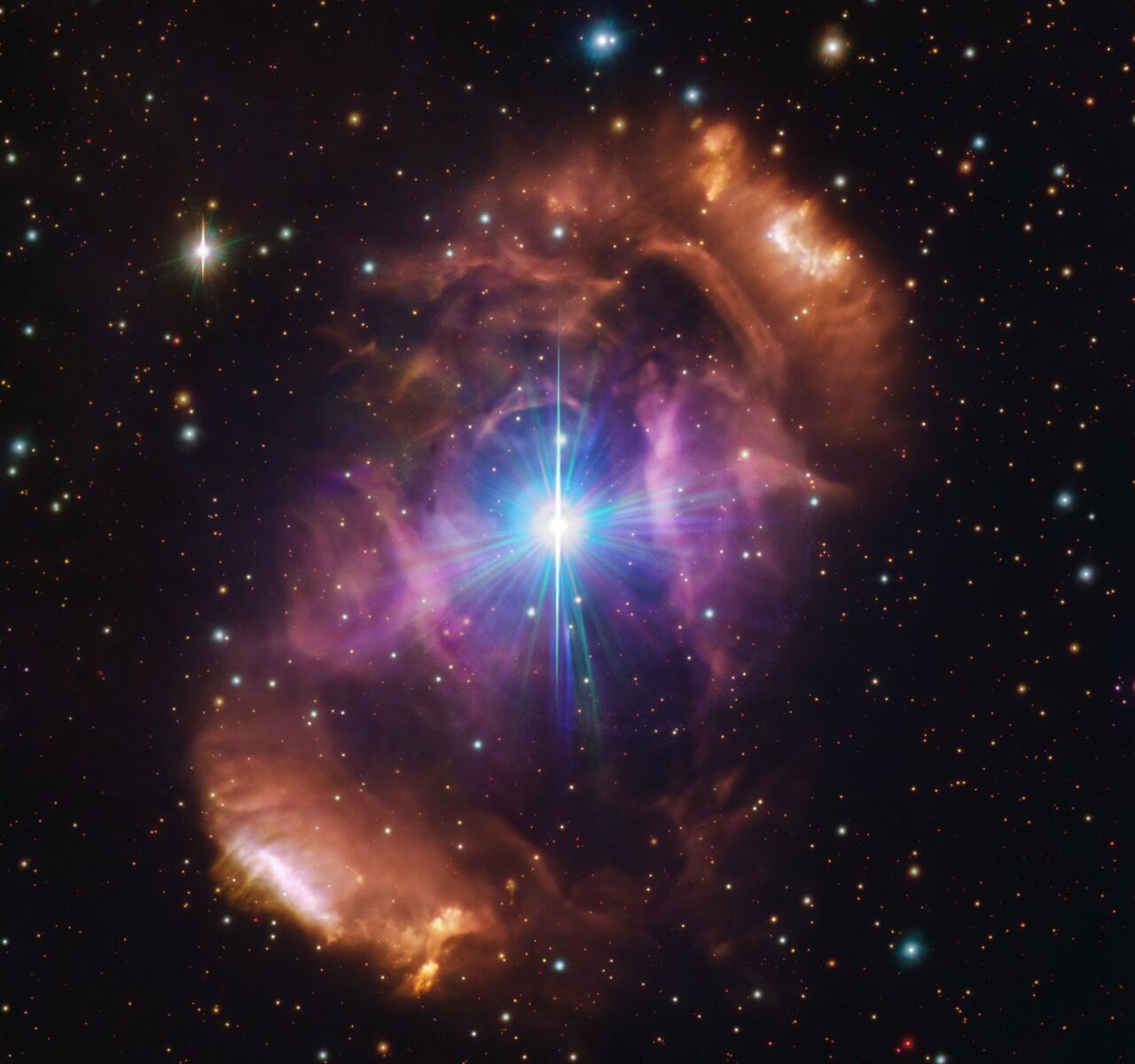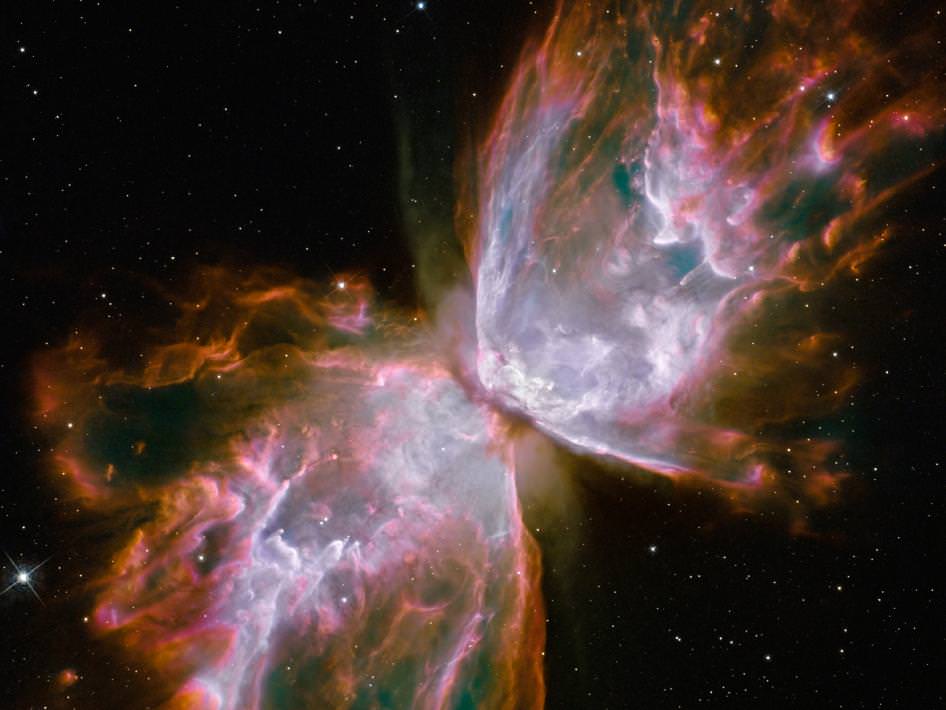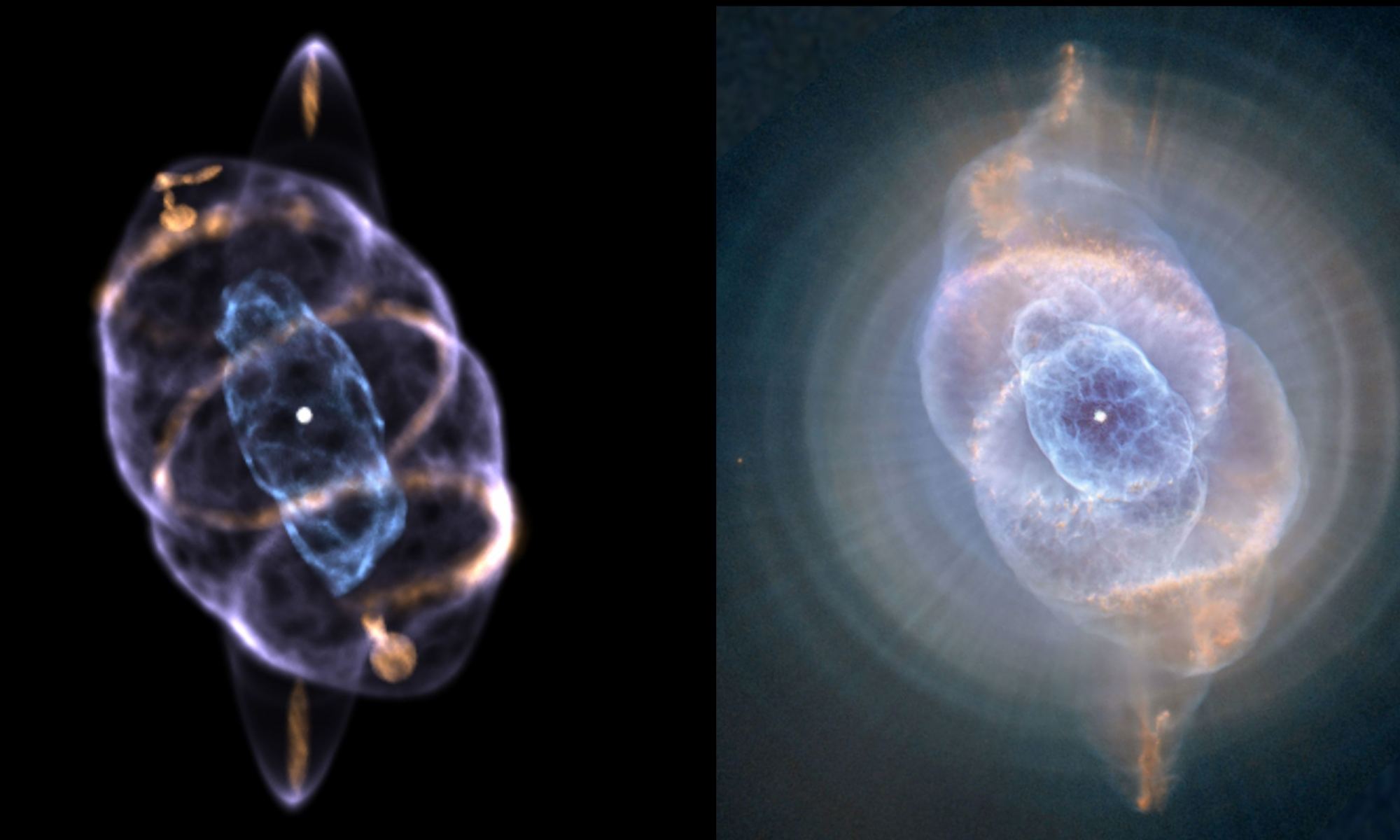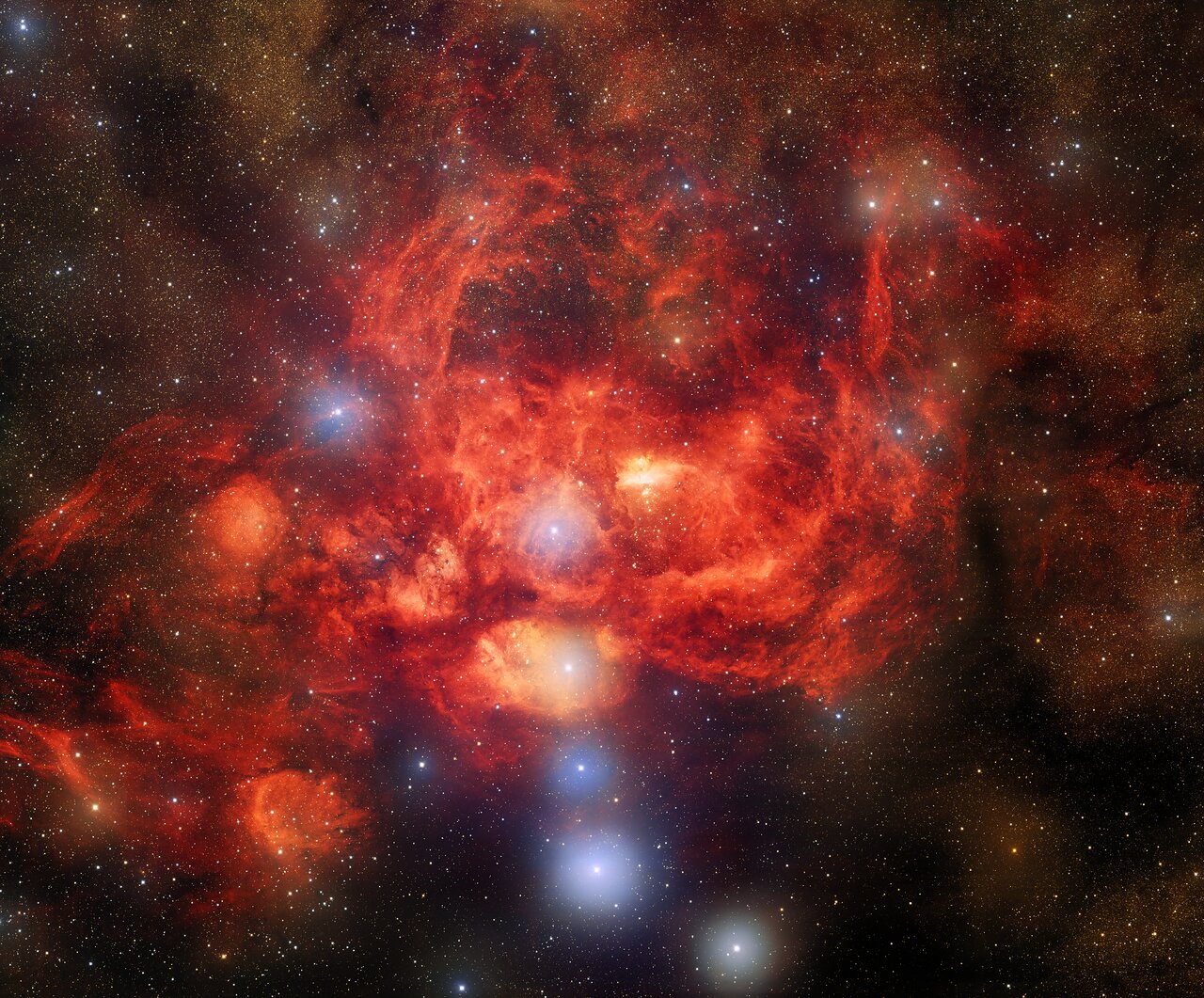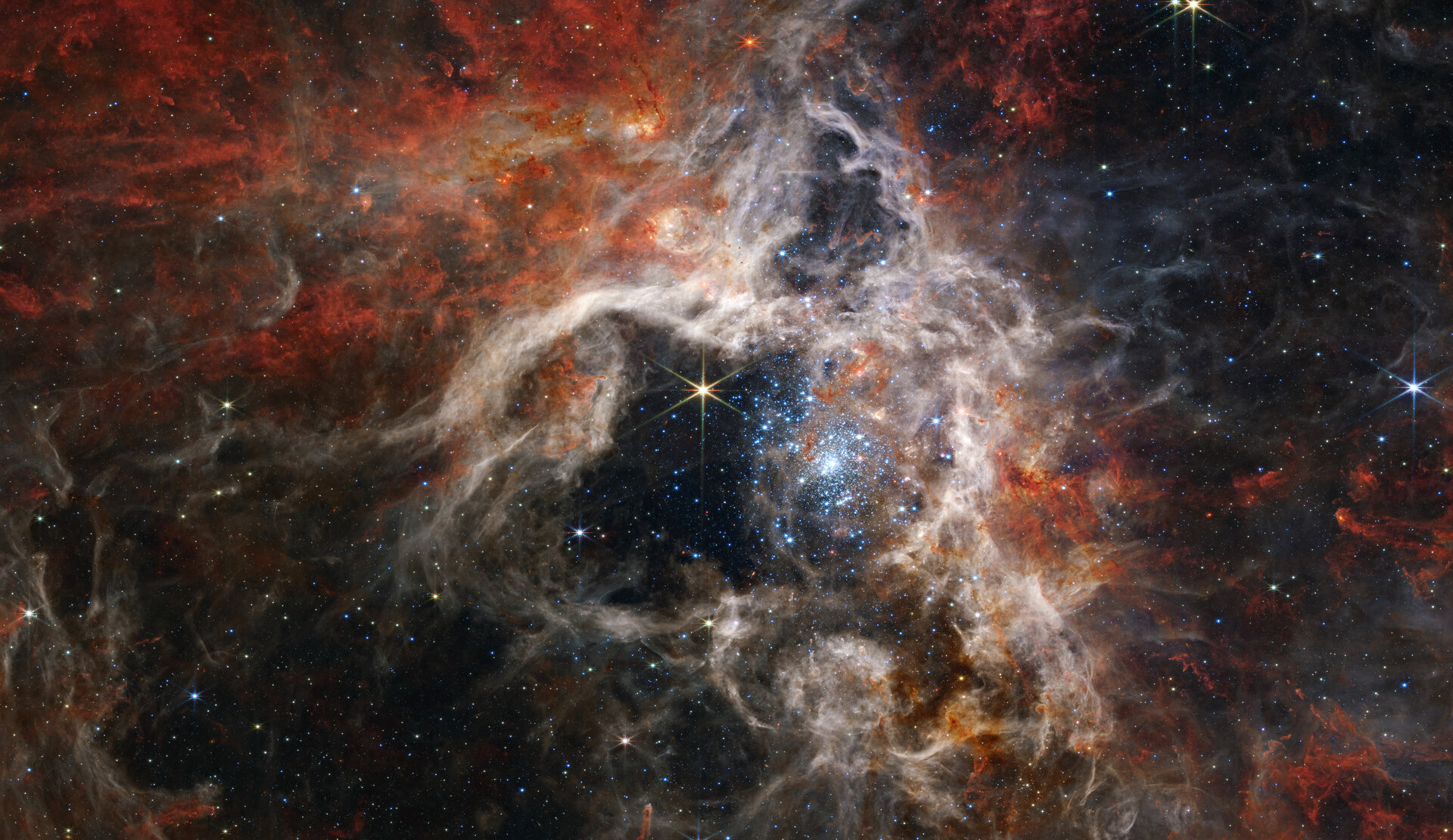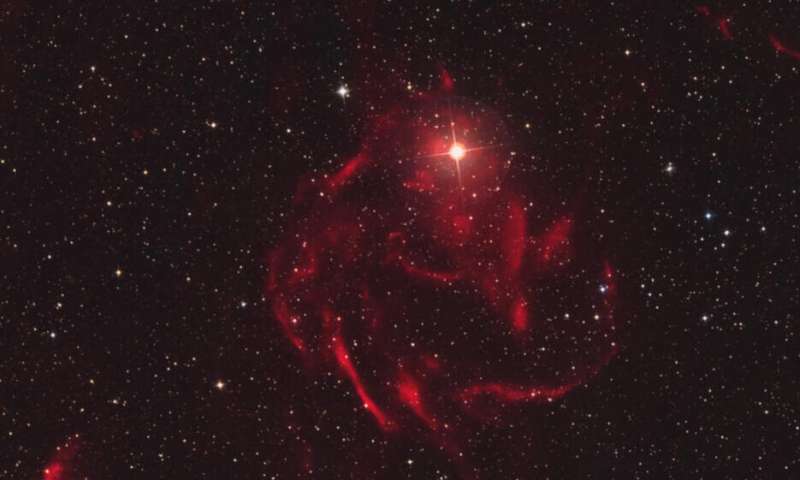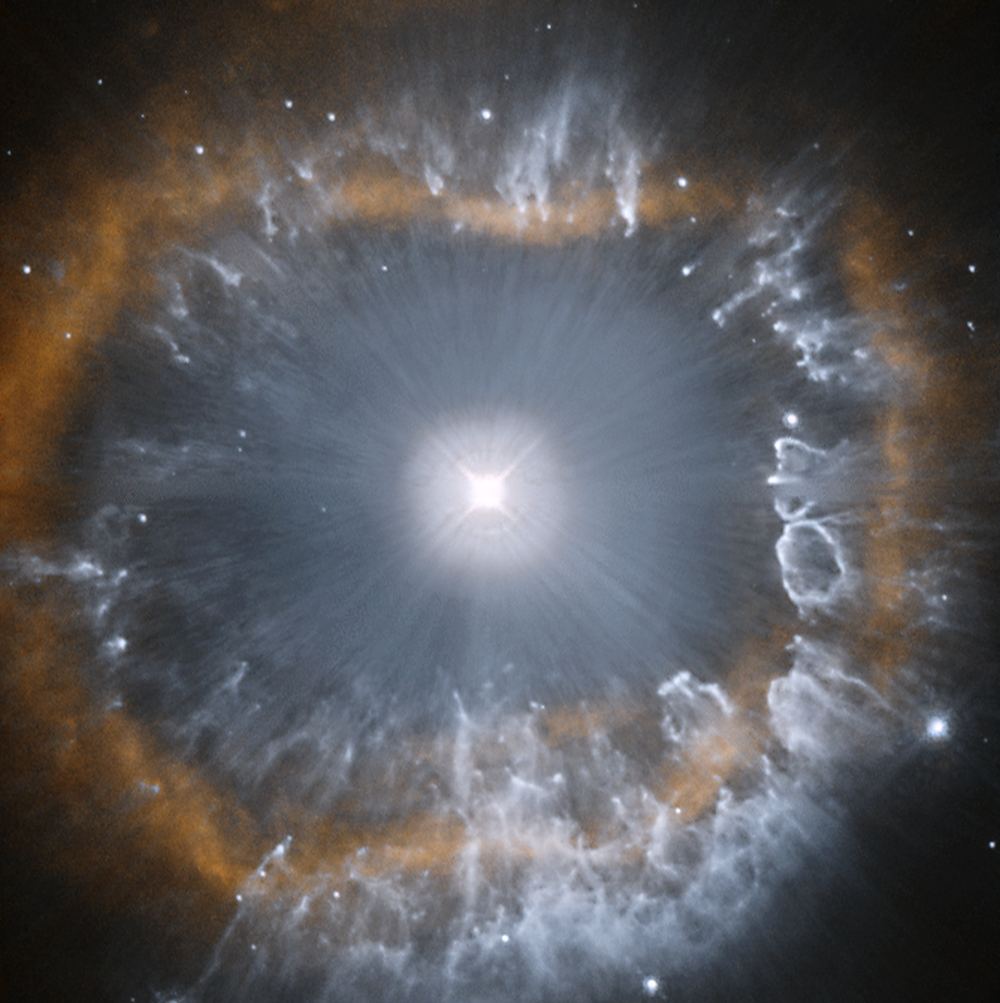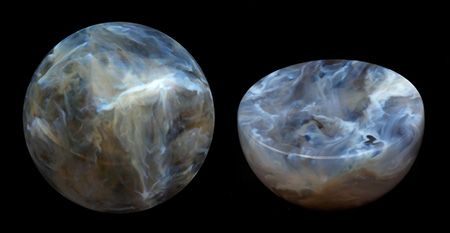The elliptical galaxy NGC 1270 lies about 240 million light-years away. But it’s not alone. It’s part of the Perseus Cluster (Abell 426), the brightest X-ray object in the sky and one of the most massive objects in the Universe.
NGC 1270 plays a starring role in a new image from the Gemini North telescope. However, the image doesn’t show the dark matter that has a firm grip on the galaxy and the rest of the galaxies in the Perseus Cluster.
Continue reading “Dark Matter Has a Firm Grip on These Galaxies”


